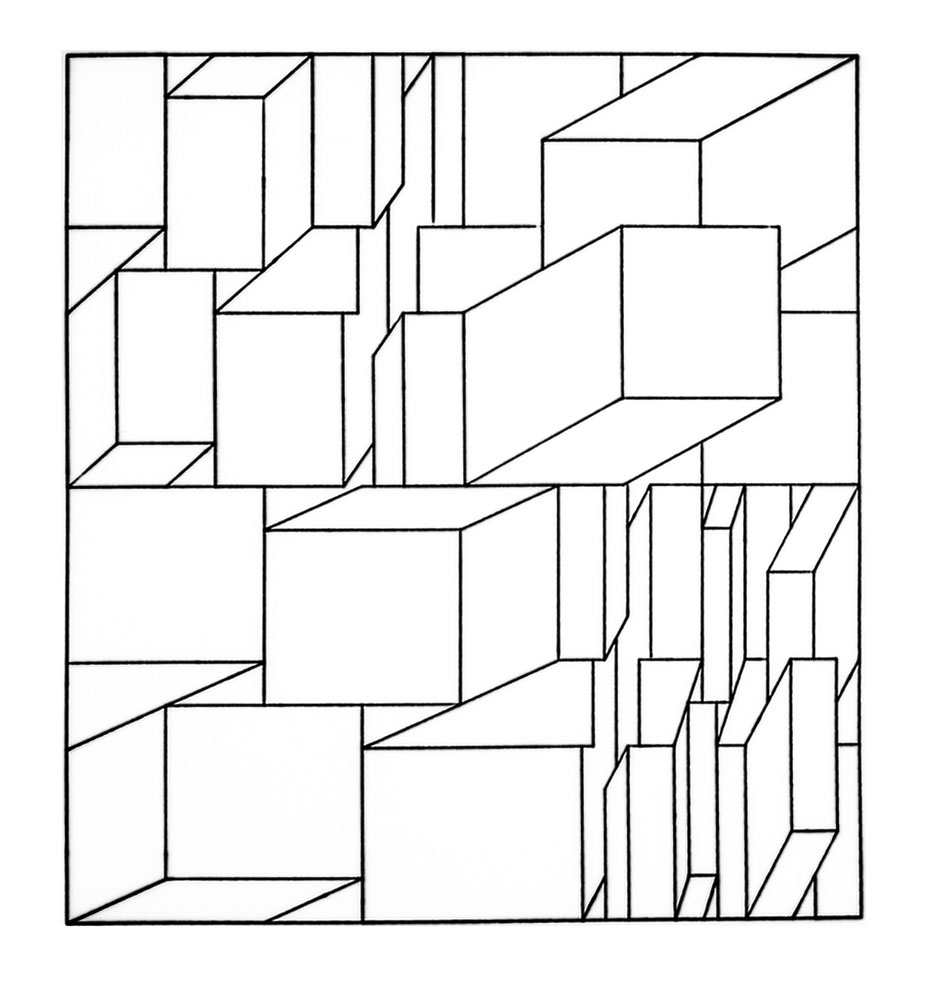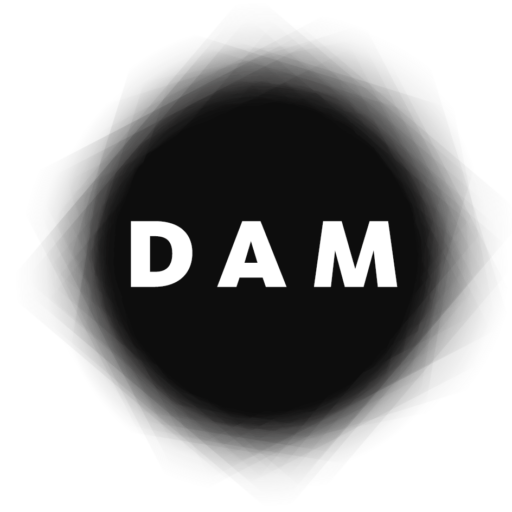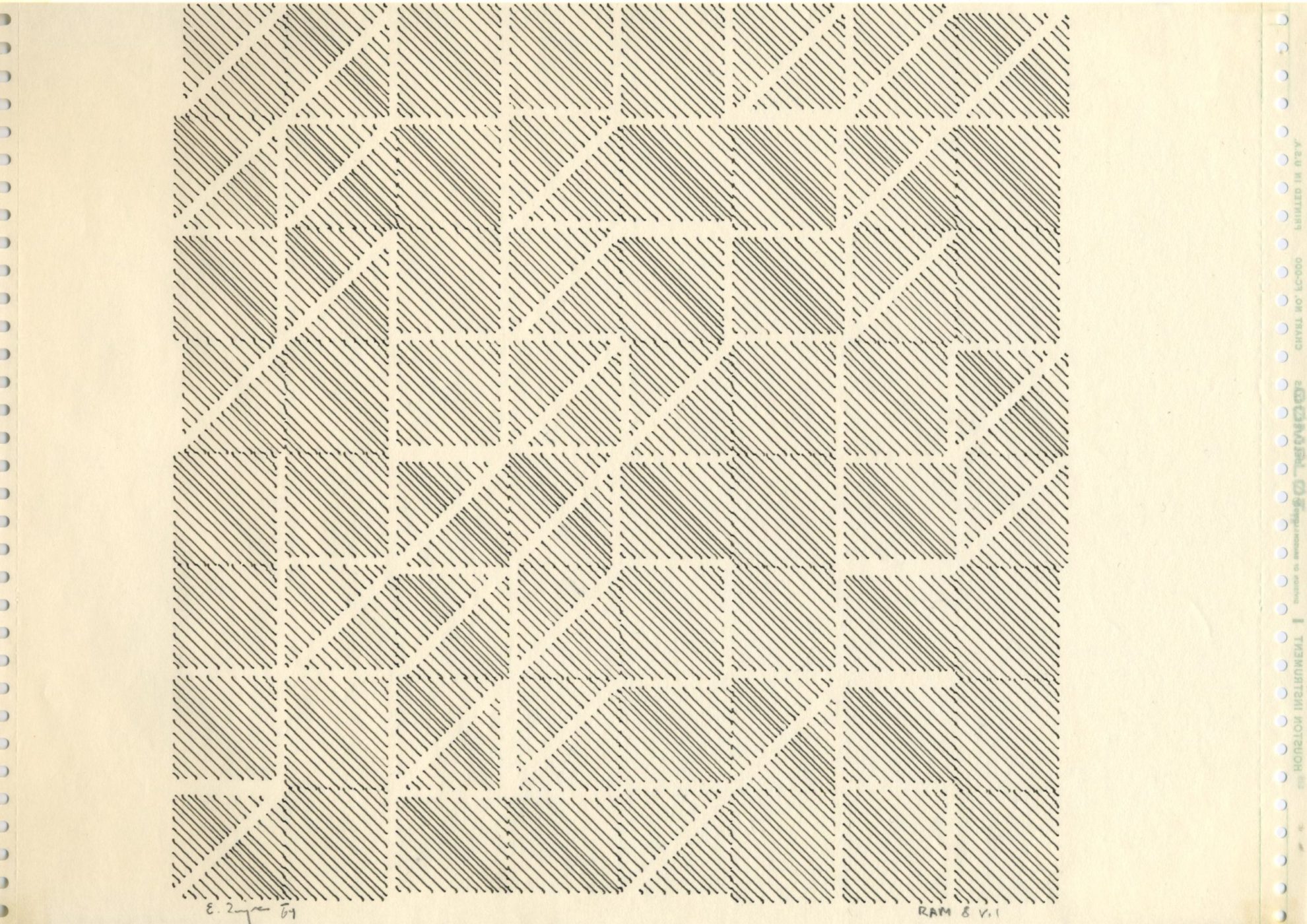
Edward Zajec was a pioneer of computer-generated graphics. One of the few Italian artists in his generation to use computers in his artistic research, he started experimenting with computer graphics in 1968. In 1980, he established the computer graphics lab at Syracuse University (New York, USA), where he became professor emeritus. He passed away in 2018 in his hometown, Trieste.
Website of Edward Zajec:
www.edwardzajec.com

Trieste (Italy), 1938 – 2018
Edward Zajec studied painting at the Academy of Fine Arts in Ljubljana (Slovenia), followed by an M.F.A. in painting and printmaking at Ohio University in Athens, Ohio (USA). In 1968 he started experimenting with computers and returned to Italy, where he worked at the Computer Center of the University of Trieste. In 1980, he established the computer graphics lab at Syracuse University (New York, USA), where he has become professor emeritus. His work has focused on modular compositions, created through the repetition and superimposition of geometric elements, that create a sense of uniformity out of a great variety of shapes and colors. The artworks created with computers since 1968, using the FORTRAN programming language, emanate from his paintings, developing the same sense of modular repetition in process-based artworks that introduce randomness. Zajec stated that by creating a series of rules and limitations through the program, he created new ways of picturing reality, that “no longer strive towards portraying the absolute and unique, but […] primarily consider the constant changes in relationships that are indicative of the overall interdependence of the matters in the world.” The artist admitted that in this process, part of the control of the outcome is necessarily given to the machine, and therefore what he called a “visual dialogue” ensues. While his films have had some aspirations in common with those of John Whitney Sr., his point of departure was the use of the computer in real time, and a different algorithmic or rule-based approach. Zajec’s work found its way into collections and symposia spanning many decades.


